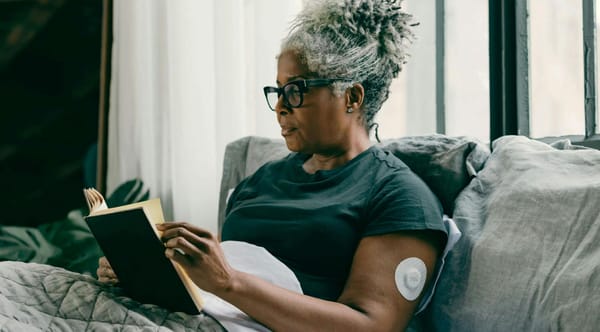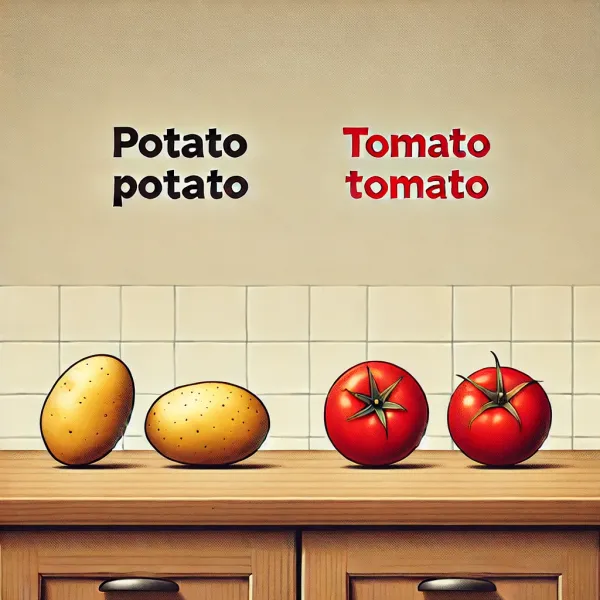ctDNA - an early cancer detection tool

ctDNA is the DNA of a cancer tumor. Understanding what it is and how to detect it can save your life. Allow me to explain.
The most promising cure for cancer is early detection. Early detection allows for the treatment and elimination of most cancers, even the most severe ones. Therefore, we highly prize any tool, method, or device that aids in early detection.
That is the context in which ctDNA finds itself useful.
ctDNA is the DNA of a cancer tumor. We all have small traces of cancer cells in our bodies. In different circumstances, these cancer cells mutate and become tumors.
The tumour starts very small. However, a cancer cell grows rapidly because of its inherent nature.
The fastest-growing cancer cells are pancreatic, brain, esophageal, liver, and melanoma. Pancreatic cancer, which afflicted Steve Jobs, is considered the most dangerous because it grows rapidly and there is no way to detect it early.
So, scientists have been seeking ways in which they can use ctDNA to detect cancer much earlier than other methods.
The ctDNA analysis process necessitates the collection of blood samples and the identification of DNA traces from the cancerous tumour within them. It is a challenging task.
Remember, our goal is early detection. At this juncture, there are only trace elements present. This means the tool must detect microquantities of ctDNA. Too late, and the cancer has already spread, so there may be better detection tools.
Recently, scientists have been able to find ways for early detection of ctDNA. It allows us to detect cancer at a much earlier stage of the day.
The researchers believe it will allow us to detect and solve the cancer problem.
To date, the best tool has been a magnetic scan. The scans are radiation-free but expensive, and they are still available only at a few locations in the United States. Remember, any scan that involves radiation is harmful in and of itself.
Reach out to me on twitter @rbawri Instagram @riteshbawriofficial and YouTube at www.youtube.com/breatheagain






